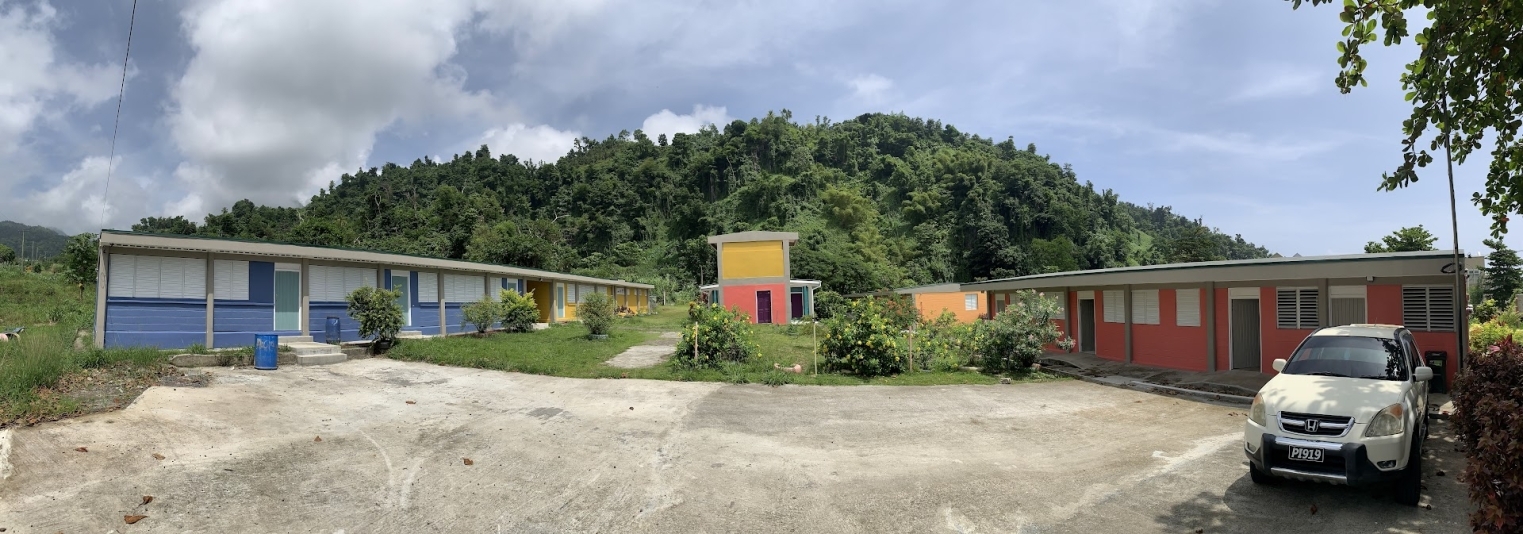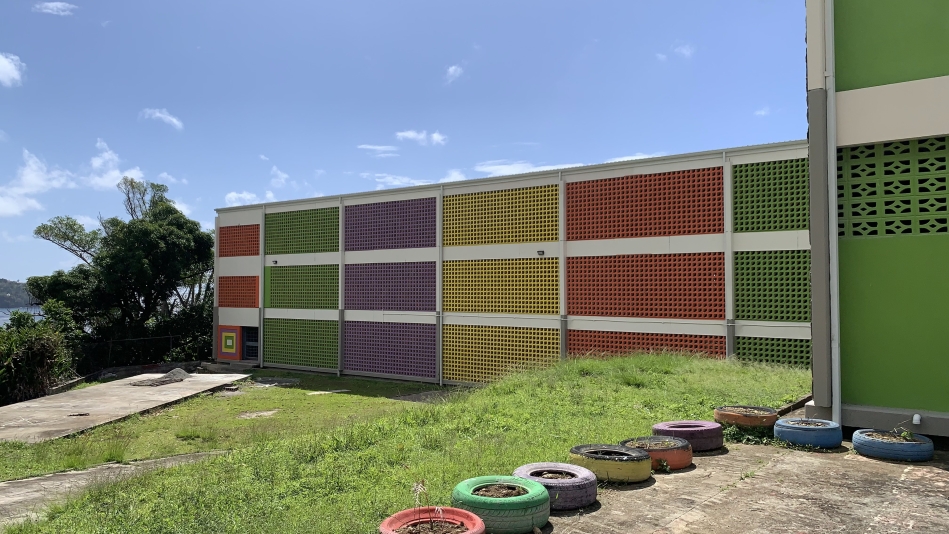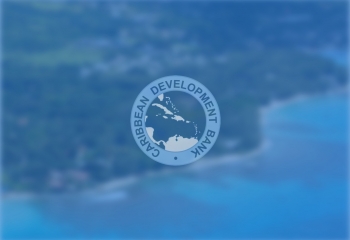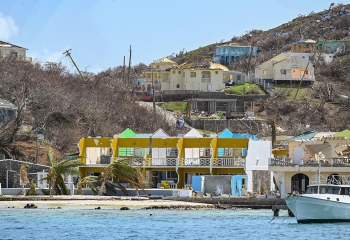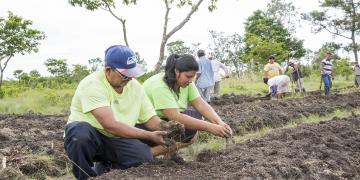Building Back Better: Dominica’s Journey Toward Climate Resilience
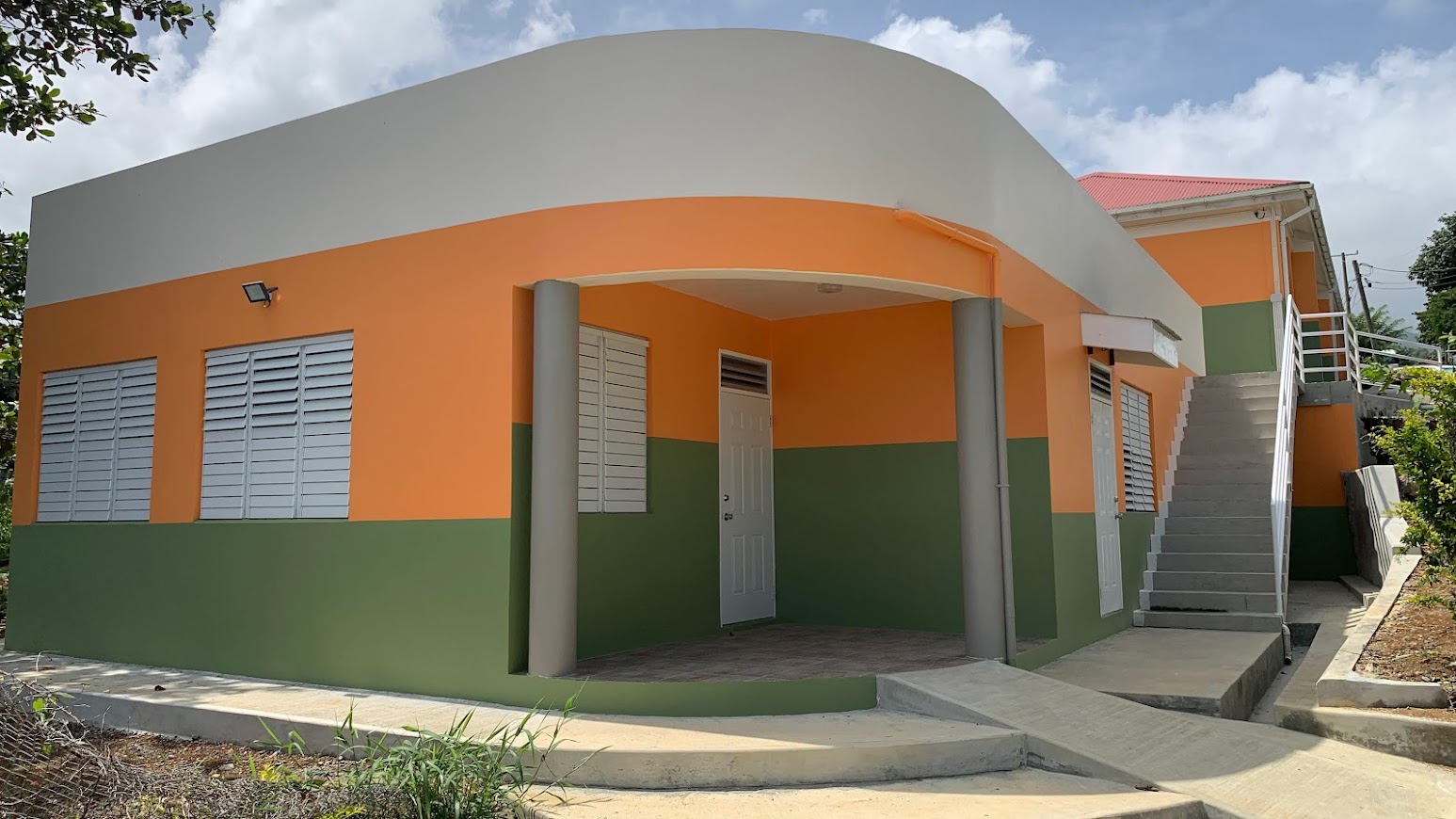
The climate resilient Morne Jaune Primary School in Dominica
How do we build back better? How can we protect our communities, our children, and our livelihoods from the unpredictability of nature? Dominica, a small island in the Eastern Caribbean, has taken on this challenge. After being devastated by Hurricane Maria in 2017, Dominica set a bold goal: to become the world’s first climate-resilient nation. This decision isn't just about recovery; it's about survival.
Dominica’s approach, with the support of the Caribbean Development Bank (CDB) and grant funding from the Government of Canada through the Dominica Climate Resilience and Restoration Fund (DCRRF), focuses on building stronger, climate-resilient infrastructure to protect its people. Climate resilient infrastructure is about the development of the built environment with structures capable of withstanding or recovering from natural hazards made worse by climate change. Schools like Morne Jaune, Delices, Grand Bay, Salisbury, and W.S. Stevens Primary have been at the forefront of this transformation. These schools, many of which also serve as emergency shelters, are essential to the community’s safety and future.
The students of these institutions are just some the beneficiaries of Dominica’s intentional plan to strengthen its public infrastructure. The country was ravaged but survived Hurricane Maria, a record-breaking Category 5 storm, which wreaked havoc on the majority of the island’s built environment. The Government has been working to ensure no recurrence since that time.
“We’re not just rebuilding schools, we’re building resilience. Schools are critical because they double as shelters during disasters. By ensuring they can withstand storms, we’re protecting both the education of our children and the safety of our communities.”
At Delices Primary School, the upgrades have brought peace of mind.
“Since the project was completed, we no longer fear the worst when storms approach. Our retrofitted schools are now capable of withstanding severe weather, giving us confidence that our students and community will be safe.”
Delices, which is located in the eastern Dominica, houses 56 students from the La Plaine district and has experienced minimal weather-related disruption since the project completion. The students and faculty have also been trained in disaster resilience while a pool of local contractors now have greater knowledge in construction best practices with CDB’s support. Community members were also afforded skills development training.
L. O'Reilly Lewis, Acting Director of Projects at CDB, emphasises the broader significance of this effort,
“Hurricane Maria destroyed 40% of the country’s housing and severely impacted education. By investing in disaster-resilient schools, we’re not just helping Dominica recover—we’re securing a stronger future for its people. CDB has invested in the country using the principles of Build Back Better, with disaster resilience technology, to create a better learning environment and service delivery for all.”
He highlighted the importance of the project in the context of the Bank’s advocacy around climate resilient infrastructure regionally. Support was also extended to ensure Dominica’s risk insurance coverage through the Caribbean Catastrophe Risk Insurance Facility (CCRIF) was maintained post Maria.
“This is more than just rebuilding—it’s building back better, with the future in mind”
PARTNER

